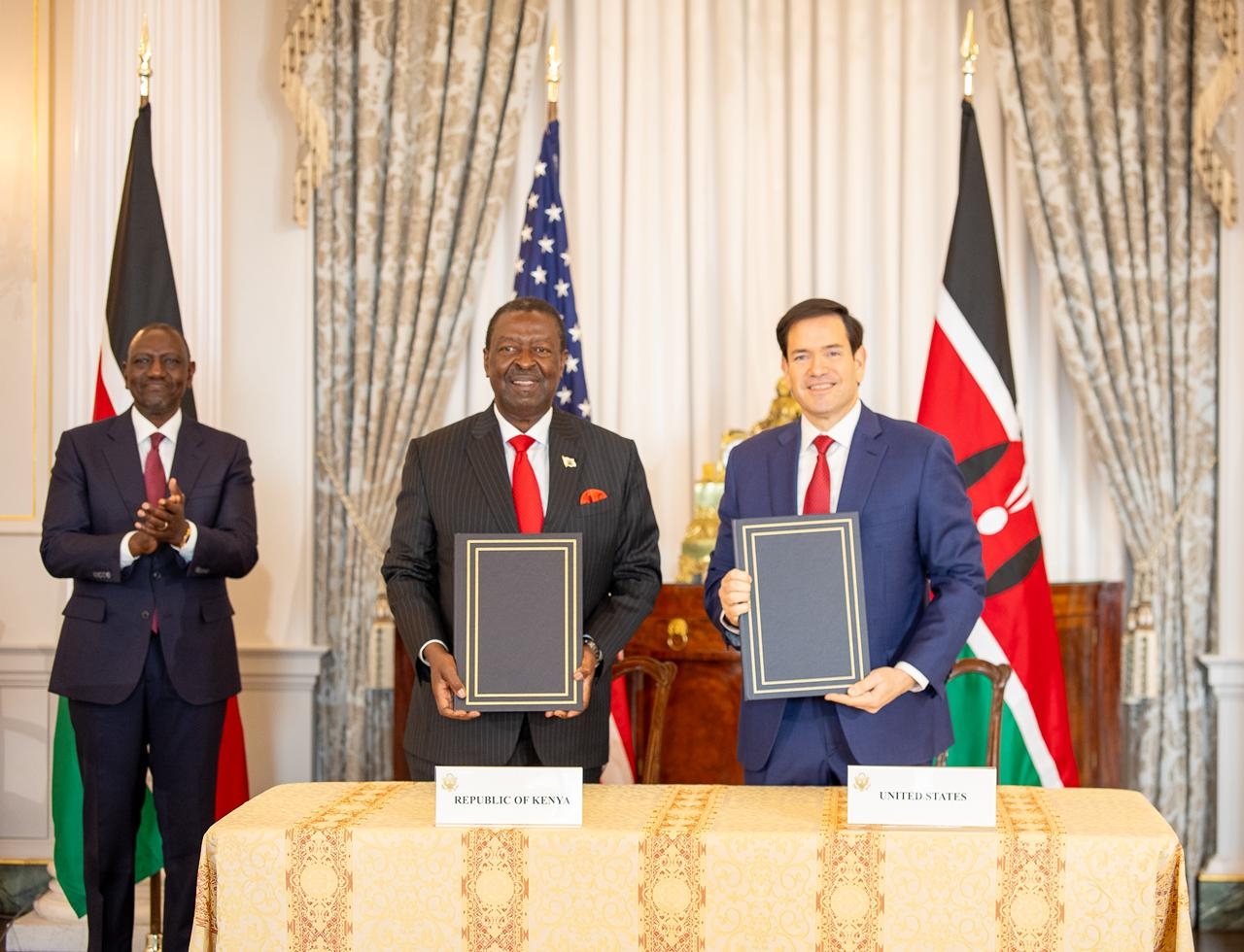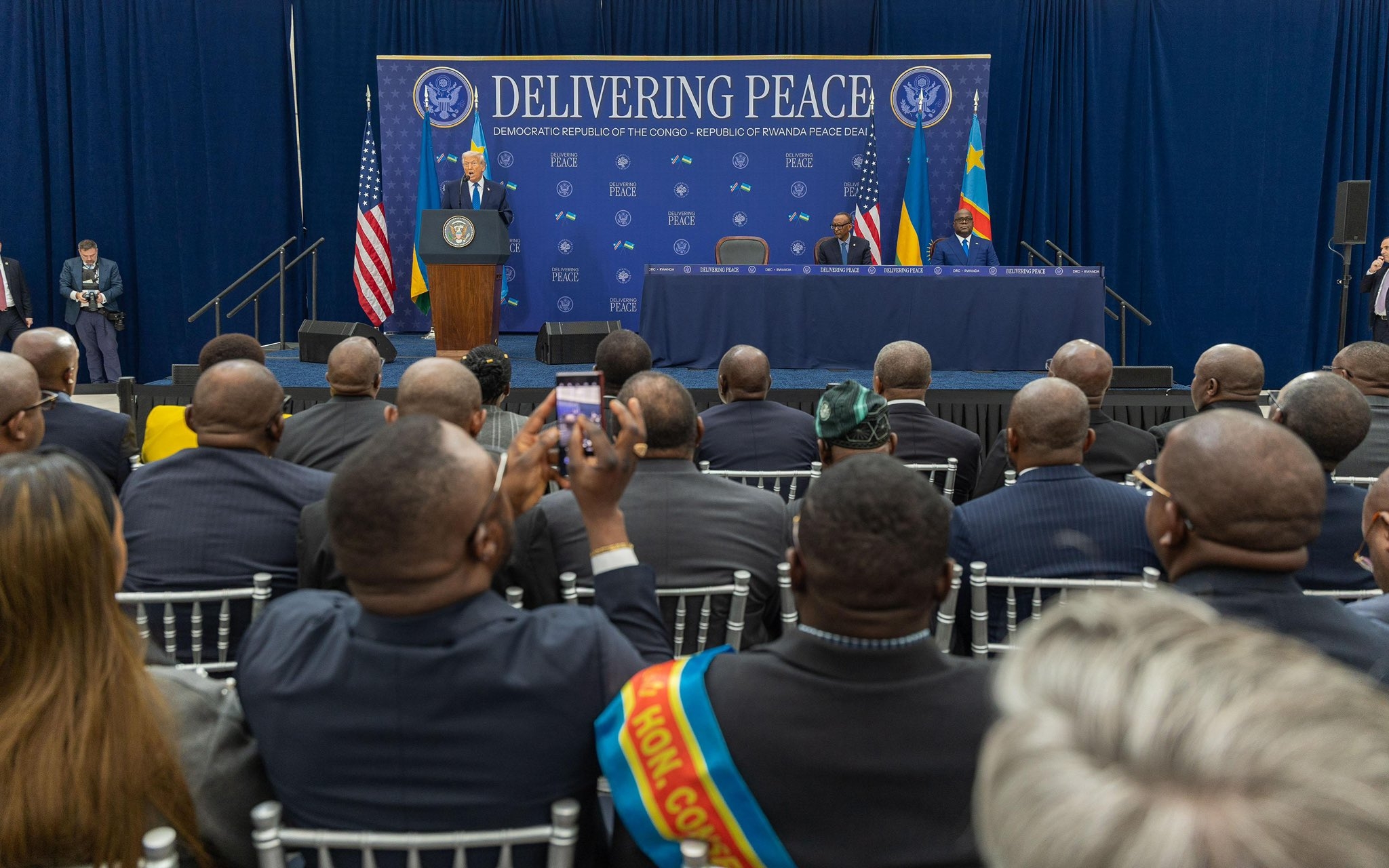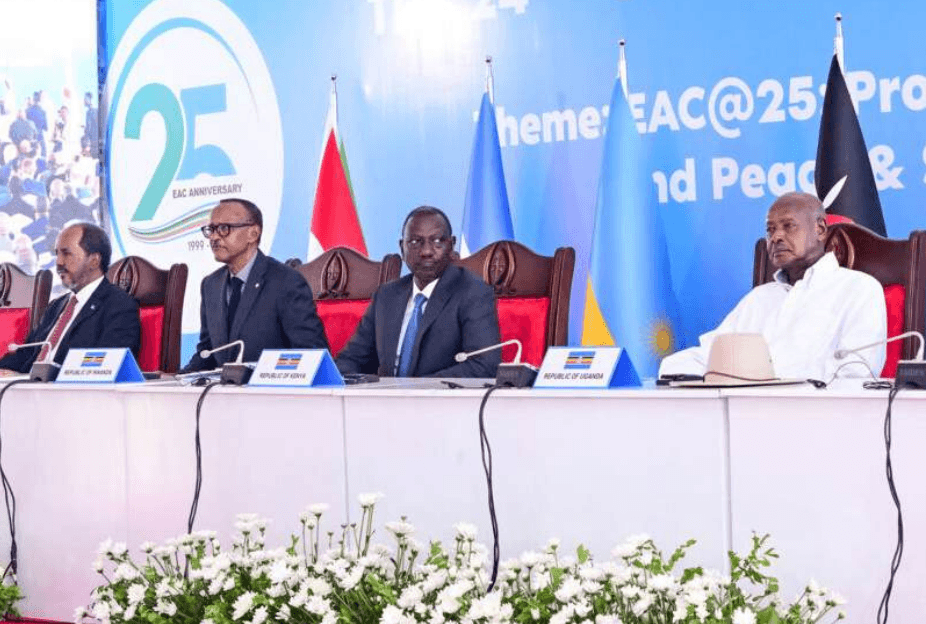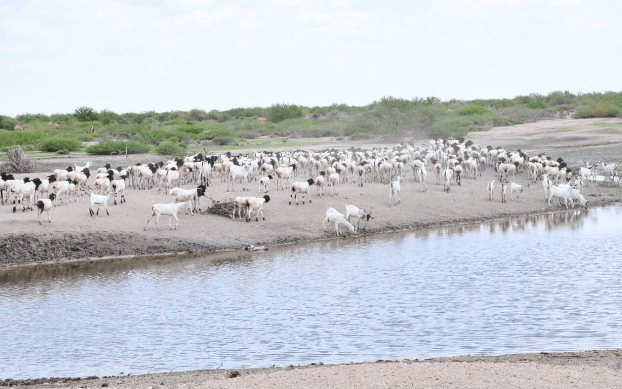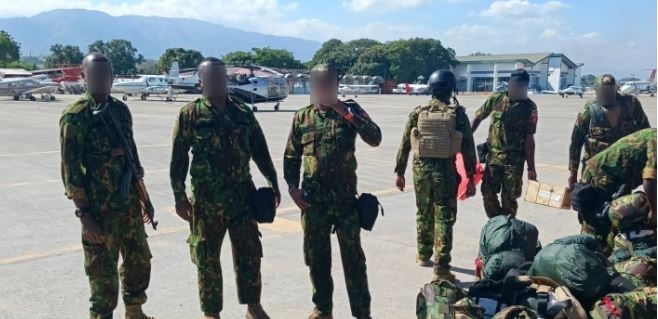The Kajulu water treatment and plant in Kisumu county was completed in 2015.
Months after its commissioning, the catchment area that was supposed to feed the plant with water, dried up.
This sent the authorities into a panic mode since some sections of the plant were not completed.
Kisumu Water and Sanitation Company Limited production manager George Odero said the situation was made worse by the prolonged drought in 2016, 2017 and 2018.
Odero said for four years, they had had to operate the treatment plant below capacity.
The Kajulu treatment plant has a capacity of 36,000 cubic metre .
Hundreds of Kenyans on Wednesday started a three-day walk to promote sustainable use of water. The walk was flagged off by Water and Sanitation PS Julius Korir.
The walk began at the catchment area for River Kibos.
Water Resource Authority CEO Mohamed Shurie, chairman Donald Murgor, Nandi water executive Philemon Bureti and World Wide Fund for Nature-Kenya CEO Mohamed Awer participated in the walk.
River Kibos is a trans-county river with tributaries in Vihiga, Nandi, and Kisumu counties. About half a million Kisumu residents depend on it for daily water needs.
The campaign entails a three-day hike along a river course to identify the river's challenges, followed by a reflection conference by partners and stakeholders.
It seeks to expose water users to the long journey water takes before reaching their taps, fostering a deeper appreciation for this vital resource.
The Kajulu watershed is 100km square.
“Water at the Kibos catchment has less turbidity but as it moves down, it is polluted by human activities,” Odero said.
The Kajulu plant site is heavily degraded and has a buffer zone of indigenous trees.
Odero said the forested area needs to be replicated in other areas to protect the water resource.
He said the campaign will give River Kibos the voice it needs,
Korir called for protection of water catchment areas saying they are a lifeline to communities.
Awer said he is happy Nandi county has passed a bill that will see the thirsty blue gum trees removed near water bodies.
He said water is a precious resource that must be protected at all costs even as demand rises.
“Climate change is also deepening the challenge. We know water does not just come from the tap, it comes from nature. With nature under threat, we are all called upon to protect and conserve our freshwater sources,” Awer said.
If the country loses its rivers, lakes and wetlands, the results will be disastrous to sectors such as agriculture and wildlife.
“This is why we organise the annual 'Journey of water campaign for catchment conservation, from the water sources to our taps. We do this with all stakeholders, communities, government agencies and non-state actors. To learn and understand the challenges and threats, identify opportunities for collaboration, co-create solutions and follow through on commitments,” Awer said.
WWF-Kenya water lead William Ojwang said the journey shares with citizens the need to secure water catchments.
“The lake cannot be managed in isolation without considering what happens at the catchment. Catchment areas must be taken into account, including everything that flows into the lake. Sustainable management requires a holistic approach,” he said.
“River Kibos is more than just a waterway. Without it, Kisumu will face a severe water crisis and the sanitation situation will become disastrous. This underscores the importance of protecting and preserving our water sources."
Kisumu, Kenya’s third-largest city is situated in the western part of the country and faces severe water scarcity.
Despite being home to Lake Victoria, the world’s second-largest freshwater lake, more than 500,000 residents struggle to access clean water.
Kisumu’s water utility provider, Kisumu Water and Sanitation Company says water from Lake Victoria contains numerous impurities, making it too expensive to purify.
Consequently, the company sources water from nearby rivers—Awach, Kibos and Nyangori.
However, these rivers, which have their catchment areas in Nandi and Vihiga counties, are experiencing significant degradation, further complicating water production and availability.


